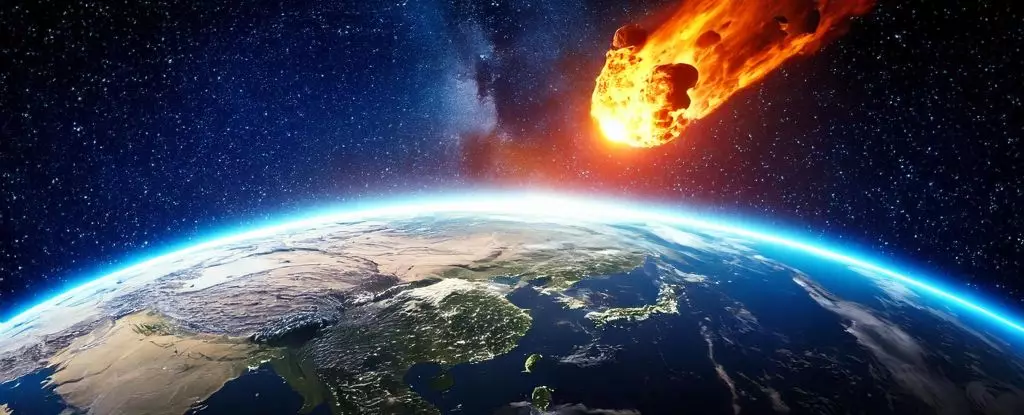As humanity stands on the brink of future uncertainties, the potential threat posed by asteroids lingers ominously. Recent simulations of a possible collision with the asteroid Bennu have unveiled alarming insights into what a significant impact could mean for life on Earth. This article delves deep into the research and its implications, revealing the potential fallout from such an event, the resilience of certain ecosystems, and the broader understanding of our planet’s history with large asteroids.
Asteroid Bennu is at the forefront of recent cosmic research and attention. Measuring about 500 meters in diameter, Bennu is considerably smaller than the infamous Chicxulub impactor, which is linked to the mass extinction event that wiped out the dinosaurs 66 million years ago. Although the likelihood of Bennu colliding with Earth by the year 2182 is a slim 0.04 percent, the presiding question is not about certainty but about preparedness for potential calamities.
The study spearheaded by climate scientists at Pusan National University aimed to explore what would happen if Bennu were to strike Earth. Utilizing the Aleph supercomputer for advanced modeling, researchers projected the immediate and prolonged consequences of such an event, emphasizing that the aftermath would present more challenges than the initial impact itself.
When an asteroid of Bennu’s size makes contact with the Earth, its collision would generate an immense amount of dust—an estimated 100 to 400 million tons—ejecting particles into the stratosphere. This particulate matter would incite drastic changes in climate conditions. The simulations indicated a concerning drop in global mean temperatures by about 4 degrees Celsius and a nearly 15 percent decline in precipitation.
The ramifications extend beyond mere temperature shifts; these changes could disrupt atmospheric chemistry and drastically impair photosynthesis, essential for the survival of plant life. The profound effects on ecosystems would be felt around the globe, leading to a substantial reduction in food security. The cascading impact on terrestrial and marine environments could very well threaten the delicate balance of life as we know it.
Geological records reveal significant insights regarding Earth’s past encounters with asteroids. The Chicxulub event serves as a crucial reference point for scientists trying to grasp the potential impacts of future strikes. While the geological evidence of past catastrophes is often obscured due to erosion and other natural processes, it is evident that they have influenced evolutionary pathways throughout history.
The comparative analysis of past impacts indicates that life resiliently adapts and evolves even in the aftermath of significant disturbances. It is suggested that early human ancestors might have lived during these tumultuous times, hinting that asteroid collisions could have had a distinct impact on human evolution and genetic diversity.
However, not all news derived from asteroid collision studies is dire. Remarkably, the simulations highlighted a unique aspect of ecological resilience; some marine life, particularly algae, showed an unexpected ability to bounce back rapidly from post-impact conditions. Indeed, these micro-organisms not only survived but thrived due to the nutrient-rich dust released into the environment.
The presence of iron in the particulate matter provided essential nutrients that facilitated the swift recovery of marine diatoms and other microorganisms. This revitalization of certain ecosystems offers a glimmer of hope and points to potential strategies for alleviating food shortages that may arise in the aftermath of a large impact.
The stark revelations from these simulations underscore an urgent need for global preparedness and acknowledgment of our planet’s vulnerability to celestial threats. While the prospect of a sizeable asteroid like Bennu colliding with Earth remains statistically low, the consequences could be catastrophic enough to warrant significant attention from scientists, policymakers, and the general public.
In light of the extensive knowledge gleaned from these studies, our best approach lies in enhancing early detection systems for asteroids, fostering scientific collaboration, and investing in research that addresses ecological restoration post-impact. Humanity may indeed possess the resilience to withstand such cosmic challenges, but it requires foresight, proactive measures, and collective effort.
As we work towards increasing our cosmic awareness and preparedness, understanding the potential outcomes of asteroid impacts becomes more than an academic exercise—it’s a critical survival strategy for future generations.


Leave a Reply